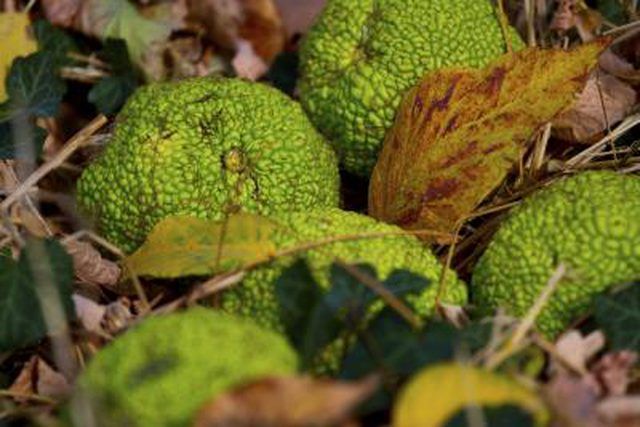Bulbs
Flower Basics
Flower Beds & Specialty Gardens
Flower Garden
Garden Furniture
Garden Gnomes
Garden Seeds
Garden Sheds
Garden Statues
Garden Tools & Supplies
Gardening Basics
Green & Organic
Groundcovers & Vines
Growing Annuals
Growing Basil
Growing Beans
Growing Berries
Growing Blueberries
Growing Cactus
Growing Corn
Growing Cotton
Growing Edibles
Growing Flowers
Growing Garlic
Growing Grapes
Growing Grass
Growing Herbs
Growing Jasmine
Growing Mint
Growing Mushrooms
Orchids
Growing Peanuts
Growing Perennials
Growing Plants
Growing Rosemary
Growing Roses
Growing Strawberries
Growing Sunflowers
Growing Thyme
Growing Tomatoes
Growing Tulips
Growing Vegetables
Herb Basics
Herb Garden
Indoor Growing
Landscaping Basics
Landscaping Patios
Landscaping Plants
Landscaping Shrubs
Landscaping Trees
Landscaping Walks & Pathways
Lawn Basics
Lawn Maintenance
Lawn Mowers
Lawn Ornaments
Lawn Planting
Lawn Tools
Outdoor Growing
Overall Landscape Planning
Pests, Weeds & Problems
Plant Basics
Rock Garden
Rose Garden
Shrubs
Soil
Specialty Gardens
Trees
Vegetable Garden
Yard Maintenance
How to Use Hedge Apples to Control Spiders
How to Use Hedge Apples to Control Spiders. Spiders are helpful in controlling other pests in and around homes. That being said, many people still want these creepy crawlers out of their houses. Hedge apples -- the fruit of the Osage orange tree (Maclura pomifera), hardy in U.S. Department of Agriculture plant hardiness zones 5 through 9 -- may...

Spiders are helpful in controlling other pests in and around homes. That being said, many people still want these creepy crawlers out of their houses. Hedge apples -- the fruit of the Osage orange tree (Maclura pomifera), hardy in U.S. Department of Agriculture plant hardiness zones 5 through 9 -- may provide a natural way to control these critters. While there is no scientific proof to support the claim, many homeowners have reported success using the green, brain-like fruit to repel spiders and other pests.
Purchase hedge apples from a grocery store or farmers' market. Select hedge apples that are still green. Brown hedge apples are overripe or possibly rotten. Hedge apples usually stay green through the fall and sometimes into early winter.
Pluck hedge apples yourself if you live in an area where they grow wild. If you pick hedge apples from a tree, try to leave at least 2 inches of stem attached. This prevents the hedge apple from leaking and staining. Be sure to ask permission from the landowner before removing hedge apples from private property.
Wear plastic or rubber gloves when you place hedge apples throughout your home. As the fruit ripens, it often oozes a milky substance. This juice is not toxic but may irritate sensitive skin or people with certain skin allergies.
Place each hedge apple in a small bowl, plant tray or on a piece of foil. They do not need to be completely contained. However, as they may seep juice that could stain flooring or other materials, put them into or onto a receptacle of some sort.
Deposit hedge apples in closets, under the sink or around the perimeter of your home. One hedge apple in each closet or area is sufficient. Hedge apples are also interesting and appealing to look at, so you might opt to pile several of them in an attractive bowl and use them as a centerpiece or fall decoration. Discard the hedge apples once they have turned brown, which is typically within a month or two.